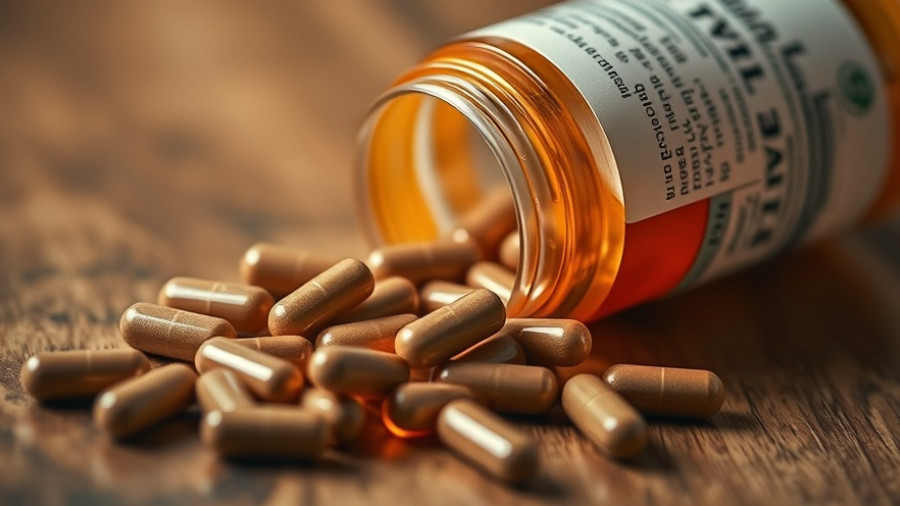
The Rising Concerns About Kratom in Our Communities
As the availability of kratom—a substance derived from the leaves of a Southeast Asian plant—grows in the U.S., both parents and experts are increasingly voicing their concerns. The legal status of kratom makes it easily accessible, yet many are unaware of its dangers. In a recent report, the FDA has warned the public against using kratom, emphasizing that it should not be treated as a dietary supplement. This contrasts sharply with its rising popularity: a 2021 survey estimated that 1.7 million Americans aged 12 and older reportedly used kratom.
What Makes Kratom Attractive and Dangerous?
According to Drew Dutton, a mental health professional, kratom can induce feelings of euphoria, energy, and pain relief, mimicking both stimulants and opioids depending on the dosage. However, its lack of regulation means there’s little research-based understanding of its safety. The potential for addiction is alarming; some users develop tolerance and withdrawal symptoms similar to those associated with opioids. Dutton cautions, "Just because something is natural doesn’t mean it’s safe—opium and arsenic are natural, too."
Real Stories From Grieving Parents
The cautionary tales from parents are both poignant and alarming. Kayemille Goss, who tragically lost her son to a kratom-related incident, recounted, "Losing a child is every parent's worst nightmare." Her son, Kaden, purchased kratom unknowingly from a vape shop. His death highlighted the drug's potency, with toxicology results indicating that kratom was responsible posthumously. Parents such as Goss advocate for tighter regulations, and even a total ban on kratom, emphasizing the need for awareness among families about its dangerous allure.
The Facts About Kratom’s Impact on Youth
Further implicating kratom is its ease of access, particularly among teenagers—often marketed under deceptive health claims. As noted by health experts, adolescents are particularly vulnerable, with their developing brains making them more susceptible to addiction and mental health issues. Kratom's popularity among young people is further fueled by social media and online markets, which downplay its risks. The misconceptions surrounding its safety can be misleading, leading to tragic outcomes.
How Can Parents Protect Their Children?
Given the risks, parents are urged to engage their children in conversations about substance use, including kratom. As Dr. Caleb Alexander warns, it's essential for families to challenge the notion that something legal and natural is inherently safe. By educating themselves on the dangers of kratom and being vigilant about their children’s purchases, parents can forge a proactive approach in combating potential addiction risks.
Engaging Community Discussion for Effective Change
For systemic change, advocates suggest a concerted effort to regulate kratom more strictly. The current legislative landscape allows for the sale of kratom with little oversight, presenting a vital opportunity for community discussions on substance use and mental health resources. Creating more comprehensive awareness campaigns can illuminate the real dangers of kratom and foster healthier choices among youth.
Conclusion: The Call to Action
At this critical juncture, it is essential to share insights about kratom. Imagine the change we can foster in our communities by joining forces to educate families. We should advocate for responsible legislation to protect our youth from addictive substances masquerading as harmless alternatives. Speak out, spread the word, and empower those around you to be informed and proactive about their choices.
 Add Row
Add Row  Add
Add 




Write A Comment